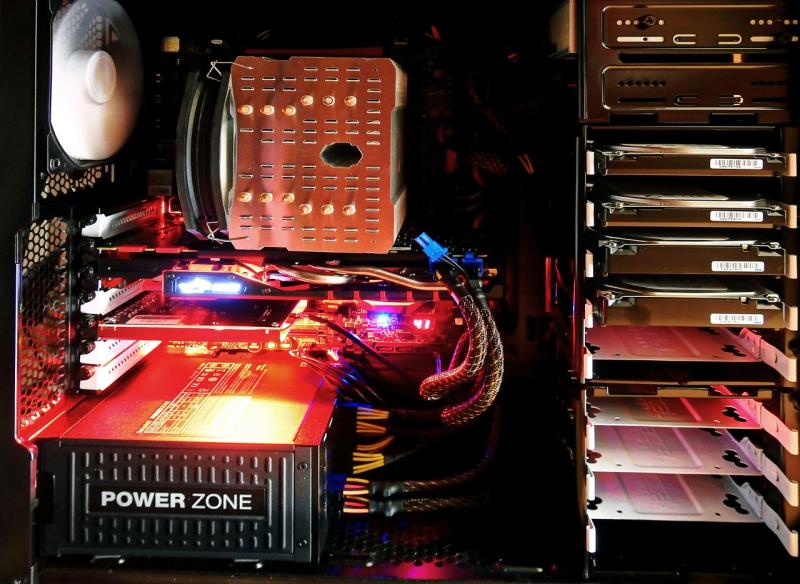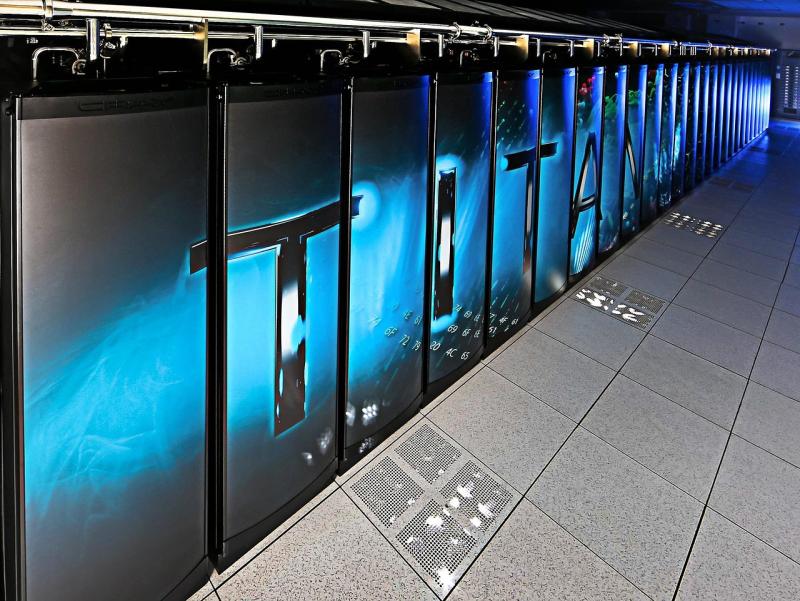Transforming Creativity with a Tailored Workstation
In the realm of creative expression, graphic designers demand a system that marries high-performance computing with superior color accuracy and a seamless workflow. A custom PC built specifically for graphic design transcends the limitations of off-the-shelf solutions by offering advanced hardware, optimized software configurations, and an ergonomic design tailored to the creative process. This extended guide explores how to assemble a workstation that empowers graphic designers to push the boundaries of their artistry while ensuring reliability, precision, and scalability.
#### Uncompromising Processing Power and Multitasking
At the foundation of any custom PC for graphic design lies a robust CPU that can effortlessly handle demanding design applications and multitasking. Modern design suites—such as Adobe Creative Cloud, CorelDRAW, and Affinity Designer—benefit immensely from multi-core processors with high clock speeds and superior single-thread performance. These processors accelerate the handling of complex vector graphics, image manipulation, and the rendering of intricate visual effects. A well-balanced system not only speeds up project timelines but also ensures that designers experience minimal lag, even when working with multiple applications concurrently.
In addition to digital artistry, graphic design workflows often involve resource-intensive tasks such as applying filters, exporting high-resolution images, and managing large file libraries. A high-performance processor, therefore, is critical for encoding and exporting projects swiftly, alleviating bottlenecks, and maintaining a smooth creative flow from concept to completion.
#### Advanced Graphics and Color Management
While the CPU is the backbone of computational performance, the role of a dedicated GPU cannot be understated when it comes to rendering detailed graphics and supporting rapid image processing. A high-end graphics card is beneficial for real-time previews and accelerated rendering within design applications. Moreover, it supports multi-monitor setups and high-resolution displays that are indispensable in graphic design.
Color accuracy is paramount in any graphic design workstation. Investing in a GPU and display combination that supports hardware calibration ensures that the colors you see on-screen are true representations of your artwork. Monitors designed with IPS or OLED panels, high color gamut coverage, and factory calibration are central to achieving the precision required for professional printing and digital design work. Pairing a quality graphics card with color management tools further optimizes the workflow, allowing designers to confidently produce work that meets industry standards.
#### Memory and Storage for Creative Workloads
Graphic design projects, particularly those involving high-resolution prints or large-scale digital compositions, require ample and fast memory. A minimum of 32GB of RAM is advisable, though 64GB or more is ideal for handling multiple large files simultaneously without compromising performance. Large amounts of memory facilitate smoother multitasking, faster application switching, and the ability to work with intensive image layers.
Storage solutions are also critical for optimizing workflow efficiency. NVMe SSDs serve as the primary drive for the operating system, design software, and active projects, ensuring rapid boot and load times. For long-term storage and backup of completed projects, incorporating high-capacity HDDs or additional SSDs helps maintain an accessible archive while also keeping the system clutter-free. A hybrid storage configuration that combines the speed of SSDs with the capacity of HDDs offers the best of both worlds for a busy design environment.
#### Connectivity, Expansion, and Peripherals
An effective custom PC for graphic design must include comprehensive connectivity options to integrate seamlessly with a designer’s ecosystem. The motherboard should offer multiple high-speed USB ports, Thunderbolt interfaces, and support for high-resolution display outputs. This connectivity simplifies the integration of peripherals such as external hard drives, drawing tablets, color calibrators, and high-end scanners.
Peripheral choices also extend to input devices that enhance the design experience. High-precision graphic tablets, ergonomic keyboards, and ultra-responsive mice contribute to a fluid workflow, reducing repetitive strain and ensuring comfort during long design sessions. A multi-monitor setup—enabled by a robust GPU—maximizes screen real estate and allows designers to organize editing tools, references, and the primary canvas all at once, improving productivity significantly.
#### Ergonomics and Aesthetic Integration
Long hours of creative work demand an ergonomically designed workstation that minimizes physical discomfort. Custom PC builds for graphic design should prioritize quiet operation through advanced cooling systems—such as high-quality, low-noise fans or custom liquid cooling setups—that keep temperatures in check without generating distracting noise. A minimalistic and aesthetically pleasing chassis with thoughtful cable management not only enhances airflow but also creates a inspiring environment that reflects the creative spirit.
The physical layout of the workstation is equally important. Adjustable monitor stands, ergonomic seating, and strategically placed peripherals work together to reduce eye strain and promote better posture. An uncluttered, visually balanced workspace allows creative energy to flow and helps maintain focus during extended design sessions.
#### Software Optimization and Maintenance
Building the ideal graphic design workstation extends beyond hardware; it involves creating a stable and optimized software environment. A clean operating system—preferably a dedicated setup for creative work—reduces background processes and system bloat, preserving precious computing resources for design tasks. Regular updates to design software, drivers, and system firmware fortify the workstation against compatibility issues and security vulnerabilities.
Automated calibration tools and color management software ensure that display settings remain consistent over time, a critical factor in maintaining design integrity. Routine system maintenance, including disk cleanup, defragmentation, and thermal monitoring, ensures that the custom PC continues to perform at its peak. Keeping a detailed log of performance benchmarks can also help in planning future upgrades, ensuring that the system remains scalable in response to evolving design software standards.
#### Future-Proofing Your Creative Workstation
The pace of technological advancement in creative software and hardware is rapid. Building a custom PC with future upgrades in mind—such as extra expansion slots, additional RAM slots, and high-speed storage interfaces—ensures that your workstation can adapt to new creative tools and higher resolution demands. A future-proof design not only extends the system’s life but also maximizes your return on investment, allowing you to focus on creativity without worrying about obsolescence.
By harmonizing high-performance processing, advanced graphics, ample memory, and precision peripherals, a custom PC tailored for graphic design becomes a catalyst for creativity. It provides the foundation needed to execute complex projects with speed and accuracy, while the emphasis on ergonomics and aesthetics transforms the workspace into an inspiring haven for artistic expression.
---
### SEO Keywords:
custom PC for graphic design, graphic design workstation, best PC for designers, high-performance design PC, color accurate monitor, professional graphic design build, multi-core CPU design, NVIDIA/AMD graphic card for design, high-capacity RAM design PC, NVMe SSD graphic design, ergonomic creative workstation, future-proof design PC
View our related products
See more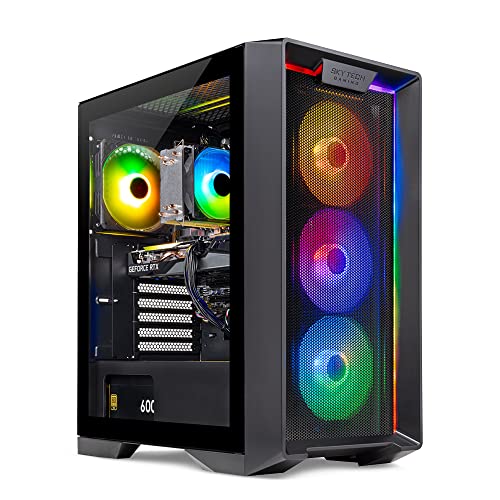
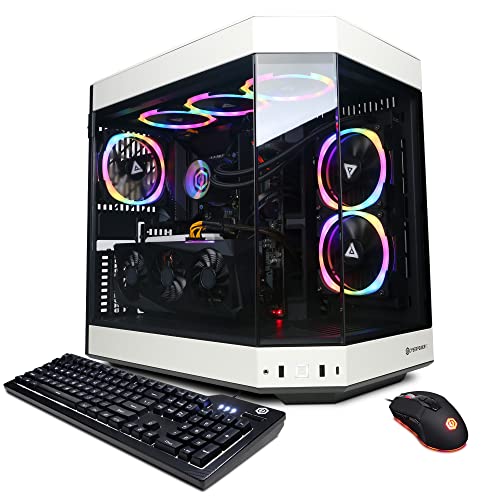
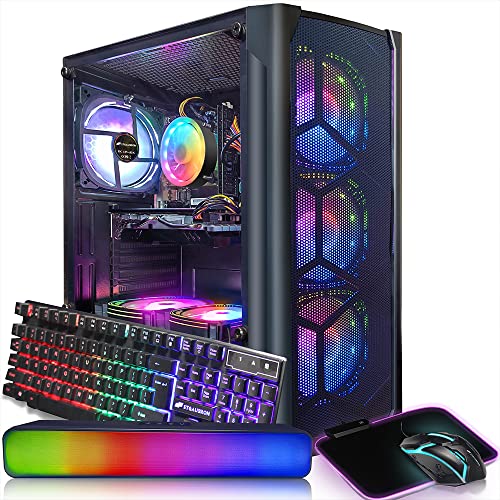
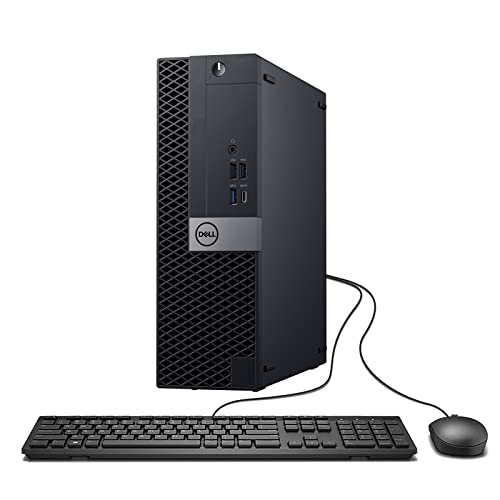
Custom PC for Graphic Design
Related Articles
Essential High-Performance PC Components You Need Now
Upgrade your setup with the must-have parts for unbeatable gaming and productivity
Top Picks for Best High-Performance PCs
Find the perfect power machine for gaming, work, or creative projects
Your Guide to the Best High-Performance PCs
Find the Right PC for Your Gaming and Creative Needs
View our related products
See more



